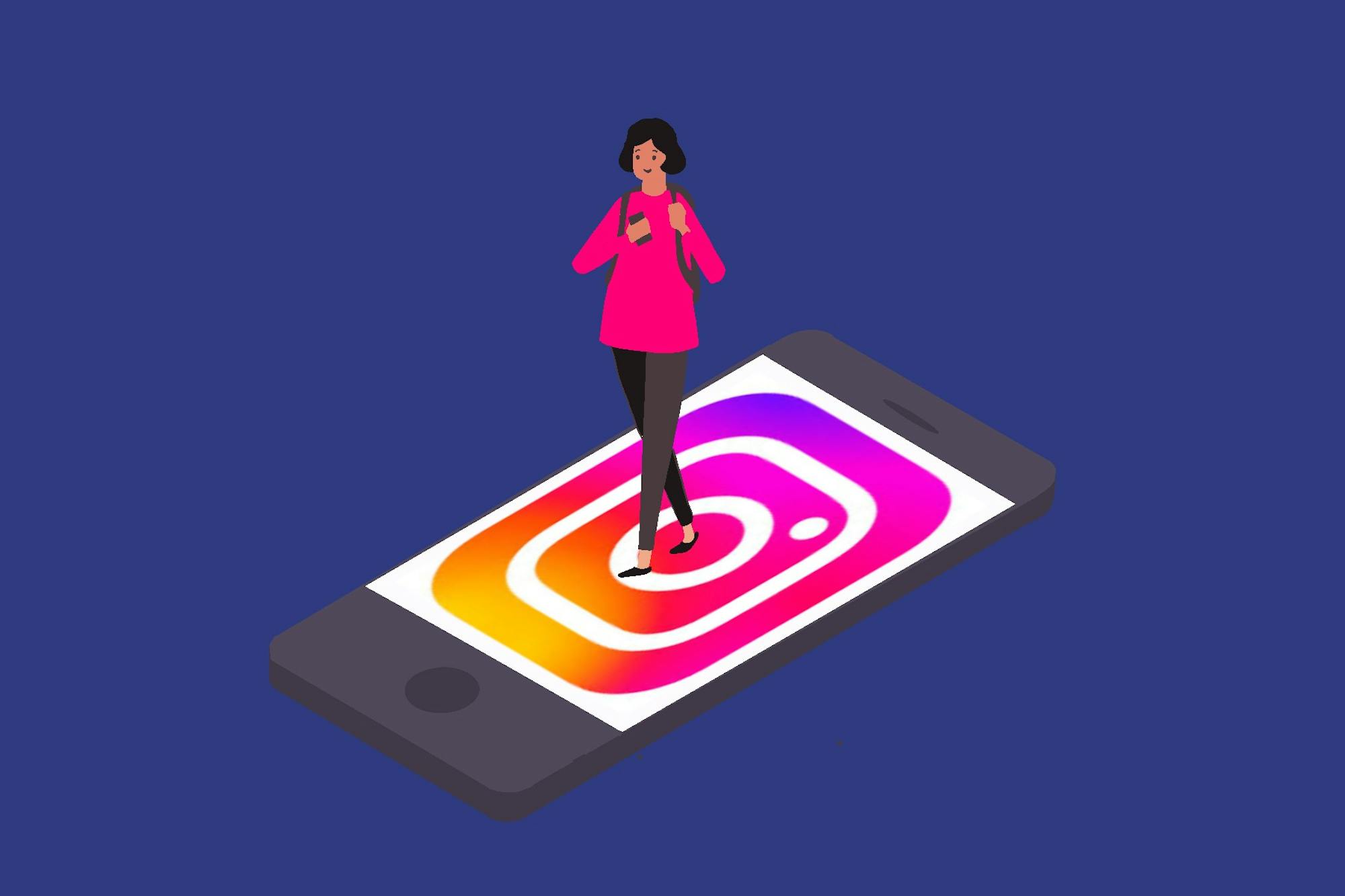When I think about Instagram, I still sometimes think of that old-school Polaroid app icon: the face of the app when I first created an account in fifth-grade. Eight years later, now that I’m in college, I’m still using Instagram — but maybe not in the same way I once did. In a college environment, now that I have more fluid social groups and an increased confidence in the life I’m building, I use Instagram to share what I find aesthetic and worth seeing, rather than attempting to curate my feed to fit high school’s social expectations. But naturally, the way we all use Instagram is highly personal and dependent on the individual. In an effort to learn more about Dartmouth’s culture of Instagram on campus, I spoke to several students about whether they use the app and why.
Esme Lee ’24 uses Instagram to share photos of her travels and keep in touch with people she doesn’t see as often.
“For me, I don’t like taking photos of myself. I really appreciate posting photos of things I find beautiful or interesting,” Lee said.
Lee’s Instagram account features colorful shots of Koi fish feeding in a pond, collections of hand-drawn sketches and prints and lights speckled across displays in an art museum. Her feed thus serves to emphasize the beauty of the world around her.
However, Eva Bianco ’24 has never downloaded the app and is not considering getting it.
“Once I went to a red flag party, and my red flag was ‘not on Instagram,’” Bianco said. “It’s become a bit that I’m not a real person because I’m not on Instagram.”
While joking about the social importance of having Instagram, Bianco reiterated that “Instagram is not something [she] thinks very much about.”
Aidan Ferrin ’24 strikes more of a middle ground. He does not use the phone app, but said he uses “Instagram once every few weeks on the web browser just to see what’s up with people I don’t text.”
Ferrin also noted that many students use Instagram to record events in their lives, but as a general trend, students tend to share less of those details as they become upperclassmen.
“There’s a culture here as you grow older of thinking the freshmen are crazy for broadcasting every time their high school friends visit [or] every time they jump in the river.” Ferrin said. “I wouldn’t call it a disdain for it exactly, but just not feeling the need to broadcast everything you do.”
Bianco echoed a similar sentiment to Ferrin and stated that Instagram can bring an unnecessary overload of information.
“It’s a little freeing [for your] mental headspace … to not be constantly intaking information that’s not really relevant to your life,” Bianco said. “For people I don’t see or talk to often, well, I probably don’t need to know what they’re posting on social media.”
Looking back on my freshman fall, it would have been almost unfathomable to miss out on Instagram updates about friends from high school or my hometown. However, constantly checking Instagram for updates from afar may cause more harm than good when it distracts from life in Hanover. Some students feel that their Instagram usage changes at Dartmouth.
“I really use Instagram a lot less when I’m at school,” Lee said about her own habits. “I don’t post on Instagram too much because I definitely do think about what I’m posting.”
Now that we’re more grown up and no longer feel the weight of middle school peer pressure, the culture surrounding Instagram at Dartmouth does appear to be individualistic.
“I understand how Instagram can be a positive part of other people’s lives,” Bianco said. “It just hasn’t been — and probably won’t be — for me.”
With all the different ways Instagram is part of, or absent from, students’ lives, it is important to think about how the way we engage with the app might be affecting our thinking.
The highly-curated, endlessly-scrollable app comes with its share of social pressure. The Wall Street Journal’s Facebook Files reported jarring statistics for Instagram use, especially among girls. The findings went as far as claiming that Instagram seemed to have a clear negative impact on self body image for one-in-three teenage girls.
For Dartmouth students, it might seem like these findings don’t affect us as much. But with an undergraduate population comparable to some large U.S. high schools, the social interconnectedness and the constant knowledge of what everyone else is doing seems to be an unavoidable reality.
Reflecting on both her and her friends’ use of the app, Lee shared that “Instagram does make a lot of people self-conscious.”
Lee also pointed out that Instagram can be another way that privilege manifests in a digital environment.
“College is an interesting space … it’s supposed to be a bit of an equalizer, living in the dorms, eating the same food,” Lee said. “But Instagram also shows how inequality exists here at Dartmouth, just in terms of things you have access to on this campus. A car or skis … any of that.”
People’s presence (or non-presence) on Instagram is just one small sliver of their existence. At best, Instagram is a series of beautiful highlights. Nevertheless, it is not a replacement for the complexity of the real world. I try to remember that while Instagram and all its curation exists, so does the real world with gray areas.
Correction Appended (April 12, 11:46 a.m.) : A previous version of this article included a name that was misspelled.




